The Call of Duty series has long secured its place in the gaming industry, becoming one of the most prominent franchises in the first-person shooter genre. Since 2003, it hasn’t just followed trends—it has set the tone for an entire direction of adrenaline-fueled military action games. But behind the loud success lies another side: parents often find themselves alarmed by how detailed the explosions, gunfights, and military operations are depicted.
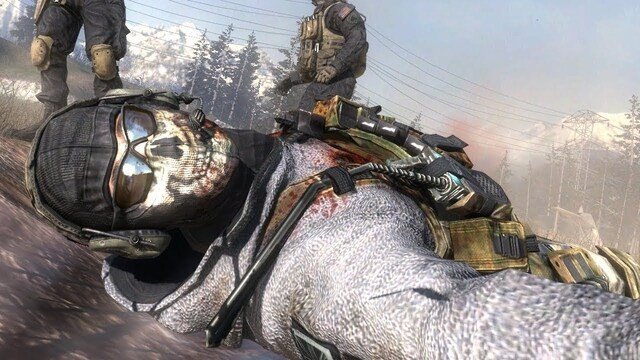 Image: youtube.com
Image: youtube.com
The realism of violent scenes and intense dialogues filled with strong language raises an important question: is this game suitable for children? That’s why every installment of Call of Duty goes through a strict age rating "filter". This is not just a formality but an important guideline—a clear signal about who this virtual battlefield is actually intended for.
What Are Age Rating Systems
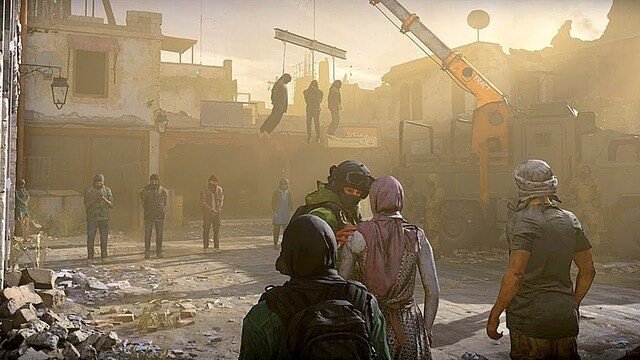 Image: youtube.com
Image: youtube.com
Think of it as a kind of "pass" into the world of entertainment for different generations. Yes, rating systems vary from country to country, but two have long held the lead: ESRB, used in North America, and the European PEGI system.
Looking at ESRB, things are straightforward: while there are several categories, most Call of Duty games are rated M (Mature 17+). This translates to: "Only for those who are 17 and older"—all because of the generous dose of virtual adrenaline, gunfights, blood, and rather explicit language. In Europe, it’s a similar story, except instead of an M on the cover, you’ll find a PEGI 18 rating—like a red flag warning: "The realism of violence here is off the charts—children and teenagers, stay away!"
Of course, there are other systems, such as Japan’s CERO or Germany’s USK, but the message is the same everywhere: no matter where you look, Call of Duty consistently falls into the "adults only" category. After all, war games are rarely innocent entertainment.
Why Call of Duty Receives a High Age Rating
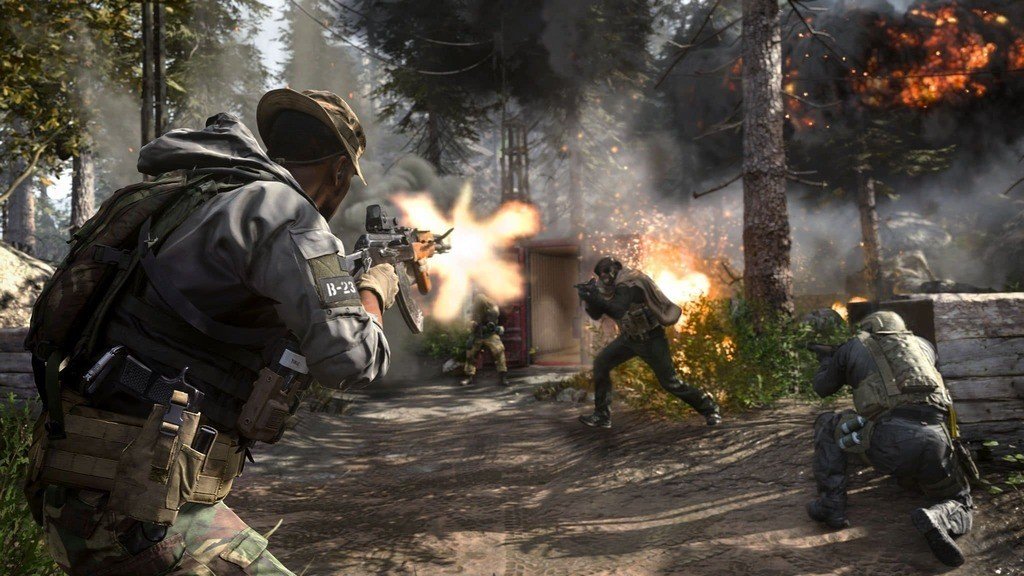 Image: wallpaperflare.com
Image: wallpaperflare.com
Developers strive for hyper-realism in depicting battles, meaning avoiding bloodshed and brutality is simply impossible. The player isn’t just shooting; they’re immersed in grim stories where, at times, they feel less like a participant and more like a near-accomplice to events that challenge mainstream action movie standards—far removed from what you’d see in a Marvel film.
Take Call of Duty: Modern Warfare 2, for example. Remember that infamous mission where the player is given the option to join a terrorist attack on an airport? That mission shattered the boundary between virtual and real—it sparked outrage, debates, and calls for its removal. But the developers kept it, as a stark reminder of the senselessness of terrorism, not just in video games but in real life as well.
And what about Call of Duty: World at War? This installment is known for its unfiltered portrayal of war: charred bodies, severed limbs, the screams of the wounded—it’s not for the faint of heart. In Modern Warfare (2019), the developers pushed even further: players are forced to get their hands dirty, participating in interrogations involving torture or making decisions that leave them wanting not just to wash their eyes but also cleanse their conscience.
And it’s not just about violence. The dialogue is laced with strong language to convey the intensity of battlefield camaraderie and the stress of combat situations. Some entries in the series also feature scenes with alcohol, drug use, or implications of sexual violence. All of this combined acts as a glaring red warning on the game’s cover: "Children should stay far away."
Age Ratings for Each Call of Duty Game
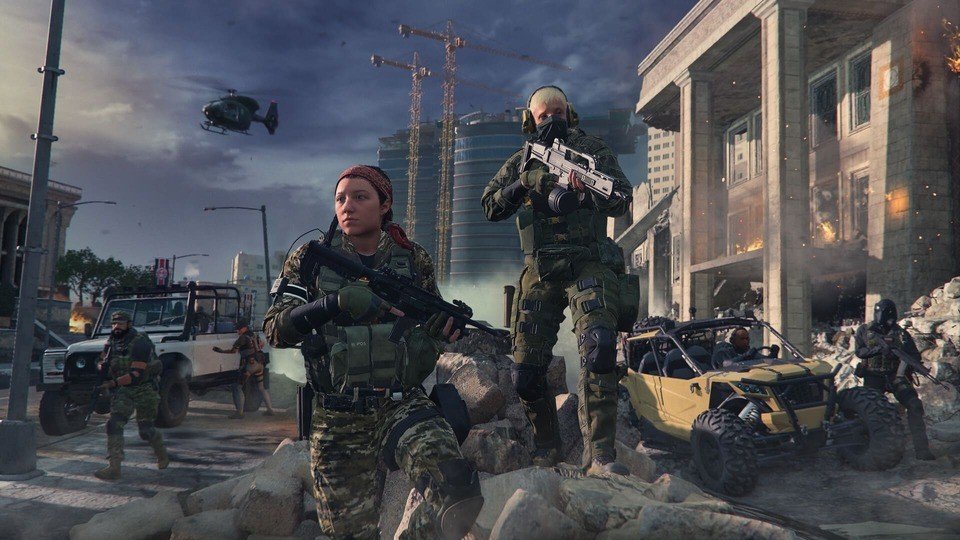 Image: steam.com
Image: steam.com
Call of Duty is a series that has matured alongside its players. The graphics have become more detailed, the screams more realistic, and the blood more convincing. The M (17+) and PEGI 18 labels have firmly attached themselves to the covers, warning: "This is war—not a Hollywood blockbuster."
|
Game |
Release Year |
ESRB |
PEGI |
|---|---|---|---|
|
Call of Duty |
2003 |
T (13+) |
16 |
|
Call of Duty 2 |
2005 |
T (13+) |
16 |
|
Call of Duty 3 |
2006 |
T (13+) |
16 |
|
Call of Duty 4: Modern Warfare |
2007 |
M (17+) |
16 |
|
Call of Duty: World at War |
2008 |
M (17+) |
18 |
|
Call of Duty: Modern Warfare 2 |
2009 |
M (17+) |
18 |
|
Call of Duty: Black Ops |
2010 |
M (17+) |
18 |
|
Call of Duty: Modern Warfare 3 |
2011 |
M (17+) |
18 |
|
Call of Duty: Black Ops II |
2012 |
M (17+) |
18 |
|
Call of Duty: Ghosts |
2013 |
M (17+) |
16 |
|
Call of Duty: Advanced Warfare |
2014 |
M (17+) |
18 |
|
Call of Duty: Black Ops III |
2015 |
M (17+) |
18 |
|
Call of Duty: Infinite Warfare |
2016 |
M (17+) |
18 |
|
Call of Duty: WWII |
2017 |
M (17+) |
18 |
|
Call of Duty: Black Ops 4 |
2018 |
M (17+) |
18 |
|
Call of Duty: Modern Warfare |
2019 |
M (17+) |
18 |
|
Call of Duty: Warzone |
2020 |
M (17+) |
18 |
|
Call of Duty: Black Ops Cold War |
2020 |
M (17+) |
18 |
|
Call of Duty: Vanguard |
2021 |
M (17+) |
18 |
|
Call of Duty: Modern Warfare II |
2022 |
M (17+) |
18 |
|
Call of Duty: Warzone 2.0 |
2022 |
M (17+) |
18 |
|
Call of Duty: Modern Warfare III |
2023 |
M (17+) |
18 |
Notice something odd? In 2013, Call of Duty: Ghosts unexpectedly received a softer PEGI rating of 16+ in Europe. But this exception only highlights the rule: since 2008, PEGI 18 has become the series second skin. The graphics evolve, the stories grow heavier with moral dilemmas, but one thing remains unchanged—Call of Duty stubbornly refuses to become a "game for everyone".
Recommendations for Parents
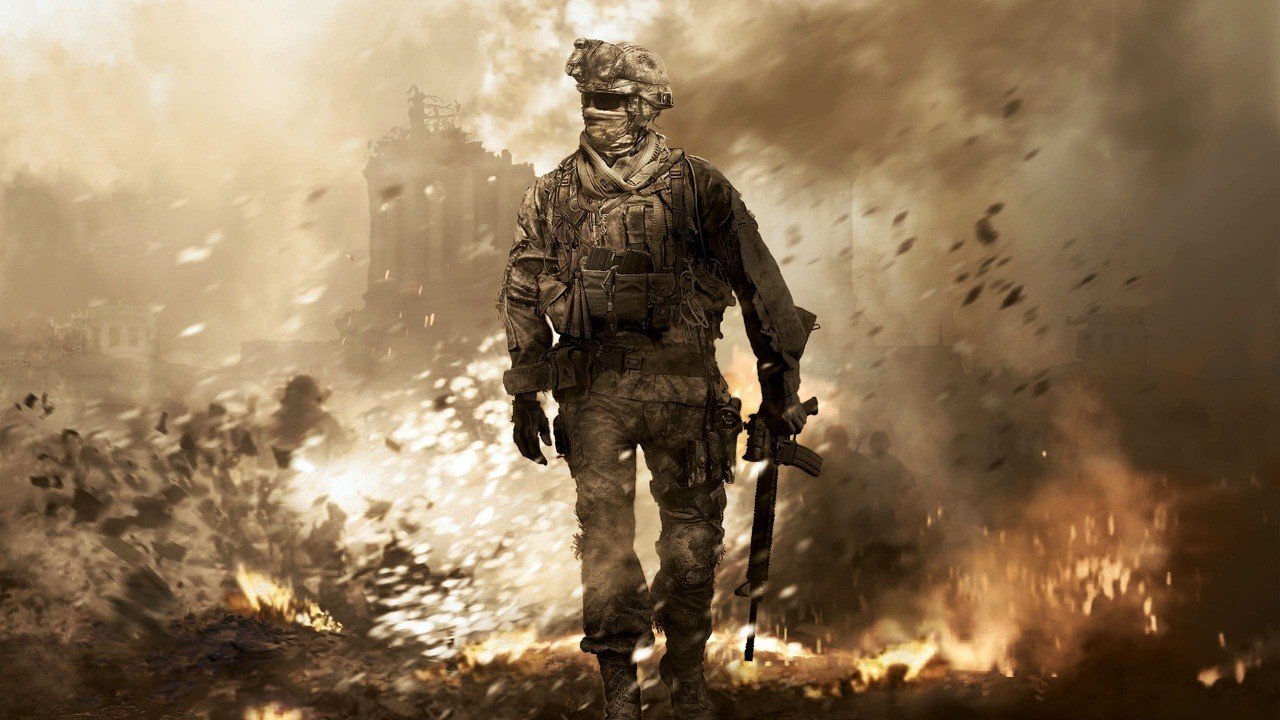 Image: youtube.com
Image: youtube.com
A note for parents: if your child is eager to storm the virtual battlefields of Call of Duty, consider the age ratings as red flags on a minefield. Yes, many teenagers play these games, but behind the pixelated explosions lie scenes that can leave a lasting impression on a developing mind.
First things first—look “under the cover”. There are plenty of reviews and gameplay videos online that act like an X-ray, revealing what a particular installment is really about. Do you see executions of civilians, torture interrogations, or terrorist attacks? Think carefully: is your child ready for such emotional whirlwinds, or is their psyche still too young for this uncompromising brutality?
If your teen is already deep into digital combat, don’t stay silent. Talk to them about how virtual violence relates to real life. Scientists debate whether games make people more aggressive, but one thing is clear: it’s crucial to draw a clear line between on-screen “shootouts” and real-world consequences. Ask them: "Do you understand that behind the pixelated gunfire lie real-life tragedies?"—this conversation could be more important than any parental control setting.
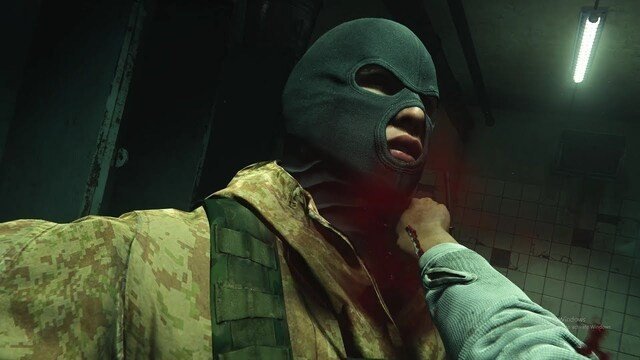 Image: youtube.com
Image: youtube.com
Sometimes, stricter measures are necessary. Yes, we’re talking about restricting access. Set up parental controls on consoles and computers—it’s like putting up a barrier against 18+ content. This won’t just limit access to “adult” games but also help track how much time your child spends playing. Sure, some young tech-savvy kids might try to bypass these restrictions, but even the attempt is a reason for a serious discussion.
Call of Duty is not an enemy, but it’s not a babysitter either. Your goal isn’t to ban it outright, but to explain, prepare, and sometimes say: "You’ll play when you’re older. For now, let’s find something more suitable."
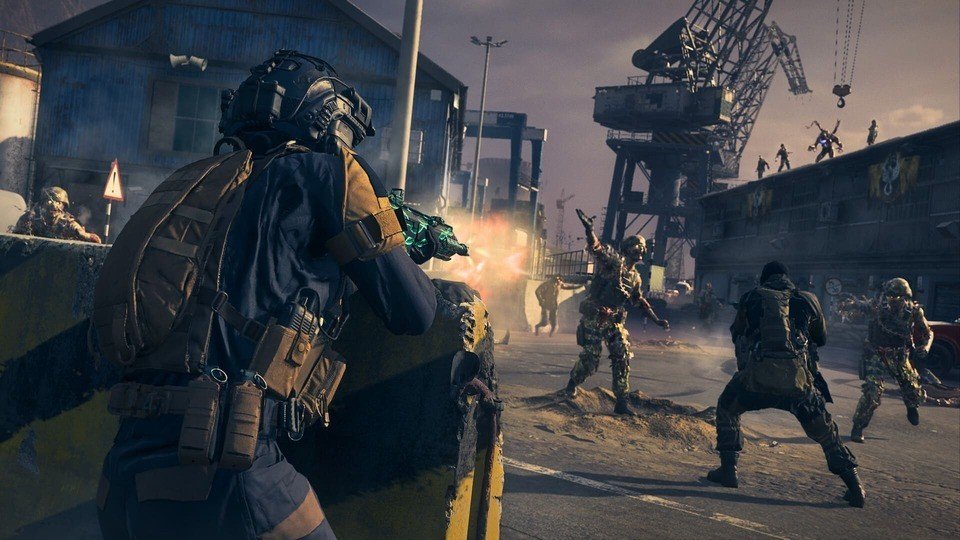 Image: steam.com
Image: steam.com
Call of Duty is not just an icon of the genre—it’s a full-fledged “war machine” that has dictated the rules of shooters for years. But behind the big titles and cult status lies a harsh reality: blood gushes in fountains, and explosions ring in your ears as if you were truly in the middle of battle. That’s why the series has long been categorized as strictly 17+.
So, if your teenager is eager to join the fight—stay alert. Yes, Call of Duty is legendary, but it’s a legend with sharp edges. Discuss with your child why soldiers scream in pain in the game, why terrorists gun down crowds. Enable parental controls if necessary, and remember: not every popular game makes a good holiday gift. Sometimes, behind the flashy cover lies content where machine-gun fire is the least disturbing thing that can happen.
Main image: pxfuel.com

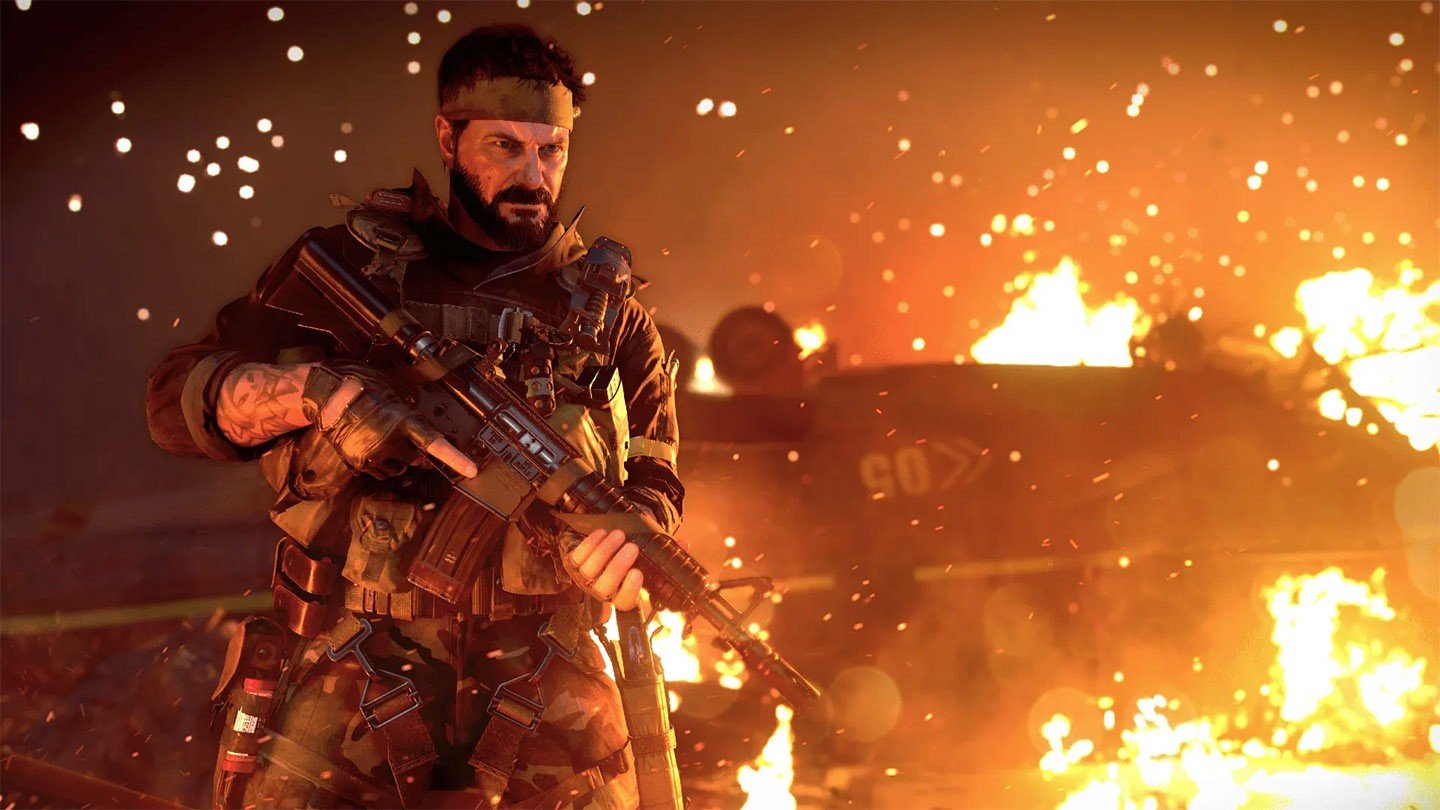


















0 comments